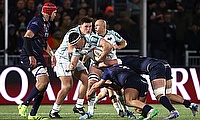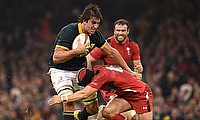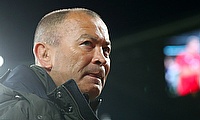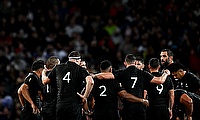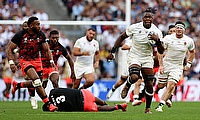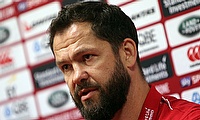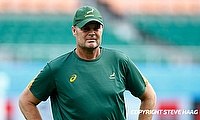Is Wales a rugby mad nation?
The Welsh national side won over fans and critics alike at the World Cup. The whole nation got behind the team. 60,000 people crammed into the Millennium Stadium to watch the semi-final defeat against France on a giant TV. Everyone suddenly found a Welsh connection with Dan Lobb declaring on Daybreak "we're all Welsh now. A new breed of superstars were born with the likes of Toby Faletau, Rhys Priestland and George North; players that were all but unknown 12 months ago are now names on the lips of rugby fans across the World. Welsh rugby is on the up . . . or so we are led to believe.
Where it may be true that the national side has taken great strides across the last year, things are not all that rosy in Welsh rugby. Traditionally the national sport in Wales, many would argue that football is actually more popular in the principality. There are more registered football players in the principality than there are rugby players, without counting the thousands of unregistered players. It is also clear that football in Wales has the advantage in terms of attendances below international level. Swansea City, currently playing in the Premier League, average around 20,000 people a game, while Cardiff City competing in the Championship regularly sees gates of over 23,000. There is no doubt that the success of Wales' two major cities' football clubs have had an adverse effect on rugby attendances. The Ospreys have seen a slump in attendances this year, averaging just over 6500. It would appear that the success of the city's football team has affected Ospreys attendances, as have the number of star players leaving the region over the close season. The Blues also have to compete for supporters against the city's football club. Whereas Cardiff City FC regularly sees gates of 23,000, the Blue can only manage on average crowds of just over 7000.
The best performing Welsh region in the attendance stakes are the Scarlets. The Welsh Wales side sees an average of nearly 9000 punters per game, this figure being bolstered by recent bumper crowds against Munster and the Ospreys. Rupert Moon, ex Welsh international and now commercial manager at the Scarlets, puts these figures down to an investment in the match day experience. On match days the Scarlets turn their on-site training barn into a 2000 capacity clubhouse. Alongside the usual food and drink options, there are activities such as touch rugby for children and families to enjoy. Players make appearances and mingle with fans. It is the biggest clubhouse in European rugby and the sort of facility that other Welsh regions don't have access to.
It is true that the match day experience at Parc Y Scarlets is geared towards the family, there are other factors will help them establish a regular fan base. There is no major football club in the town to compete against and have the draw of Wales' new international stars such as George North on their books. Nor have they had the problems of creating a new fan base following regionalization. This is a problem that has affected Newport Gwent Dragons majorly. Large parts of their region see no connection between themselves and the Dragons. As a result the Dragons neither have a strong regional identity, nor do they have a strong enough fan base in Newport itself. Their average attendances of just over 5000 speak volumes for the region's lack of engagement with fans.
So what can the regions do to bring in the crowds? Many blame TV scheduling for low attendances. Often kick-off are awkward for some supporters, whether it be work commitments or clashes with their own matches, and there will always be those who will watch at home on the telly. However, whilst researching this article I contacted a number of fans who all said the same thing; the regions must market their product better and to a wider audience. Following the World Cup, with Welsh rugby seemingly on the crest of a wave, little was done in the way of marketing returning World Cup players. At the regions' disposal are some of the most exciting young players in World rugby. The regions need to wake up and realise that apart from being rugby players, these players are valuable marketing tools. The WRU marketed the recent friendly against Australia as Shane William's last game and got thousands of additional spectators on this reason alone. There is no reason why the regions cannot utilise the popularity of their players to sell tickets.
There are also untapped markets in the South Wales region which need to be utilized. I spoke to a student at Swansea University, who admitted that he had never seen any advertising from the Ospreys or the Scarlets, going on to state that he knows of a number of fellow students who would go to matches more regularly should there be student deals. Why not provide a bus from the university campus to the ground along with a ticket for £15? The cost of the bus would easily be recouped in food and drink sales at the ground.
All of the regions were contacted during this article and asked to pass comment, yet none replied. To me this speaks volumes about the regions' willingness to engage supporters. In the World of professional sport, there is no God-given right for supporters to attend matches. Nor is it acceptable for regions to come out and bemoan poor attendances when every avenue of possible marketing has not been explored. It may be a struggle to win people over, but regions must reach out and create a connection with supporters, just like the WRU do with the general public.

